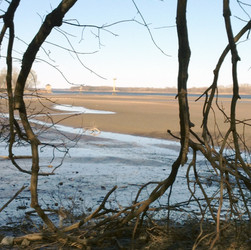STUDY OF DUBAI CREEK IN VIEW OF THE INSCRIPTION ON THE WORLD HERITAGE LIST FOR THE UNESCO, FOR THE ARCHITECTURAL HERITAGE DEPARTMENT OF DUBAI MUNICIPALITY, 2012
Consultant to provide technical assistance for the preparation of the Nomination File in view of the inscription of Dubai Creek on the World Heritage List for the UNESCO, for the Architectural Heritage Department of Dubai Municipality.
The output of the consultancy was a series of research papers detailing three distinct aspects relating to the history and heritage of Dubai and of Dubai Creek: Life along the Creek, Boats and boat owners and seafarers, A comparative review of the Gulf cities and their commercial role from the late 19th century to the present.



MUSHRIF PARK, FOR DUBAI MUNICIPALITY, DUBAI, 1982-1990
Senior Architect, Town Planner. Directed the design of a 250-acre site for a national park and safari zoo along the outskirts of the city of Dubai. The design was divided into zones to facilitate the best possible use of the hilly terrain and the existing vegetation. The project included an oasis, indigenous plant life, palm trees, and formal and international gardens. The zoo was planned to cover over 100 acres, utilizes the existing hilly landscape to create a landscape similar to the animals' natural habitat. Mushrif Park, which has a variety of trees, shrubs, flower beds, and ornate plants. Lie on the cool grass lawns that extend over an area of 24,500 sqm. When Mushrif Park was first inaugurated in December 1975, a new concept of parks was being established in the United Arab Emirates, the semi-park. The 125-hectare area located 15 kilometers from the center of the city on the Khawaneej road was once an oasis visited by families for recreation even before Mushrif Park was first developed. The project was completed in association with Pacific Consultants International (PCI) of Tokyo, Japan.















SAFA PARK, FOR DUBAI MUNICIPALITY, DUBAI
Safa Park was the second largest park in Dubai when Dubai Municipality began redevelopment of it, The project was called Safa Park Redevelopment, since it already existed but had several problems including poor soil, high saline ground water table, poor irrigation and insufficient public amenities and sports. Also, the grass was very patchy and the buildings were in poor condition. There was a water holding pond which was the best part of the park. There was also a train and tracks which meandered around the perform of the park but it had already ceased to work. URPAK and a Dutch landscaping firm were hired to consult the Municipality on redevelopment of the park. With my experience already with Mushrif Park, I worked alongside URPAK as the project coordinator. Together we laid out the plan to not only improve the park's situation but also to add many attractions to make it the best urban park in the city.






FARM HOUSE
















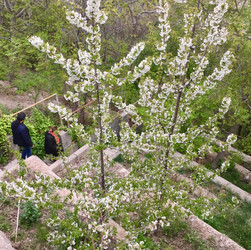
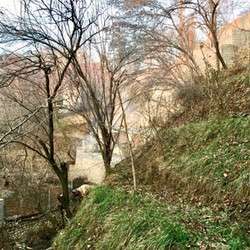
FOOD AND FARMING AT THE FARM HOUSE

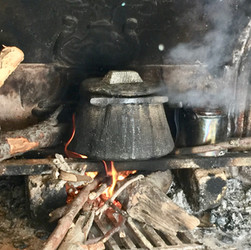



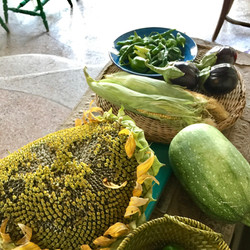


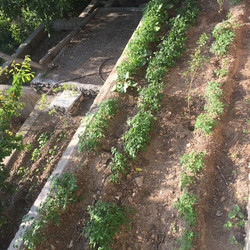
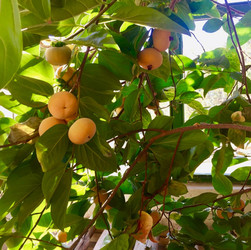
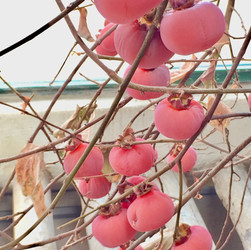
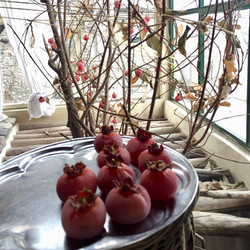
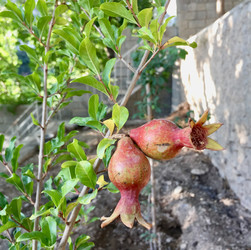
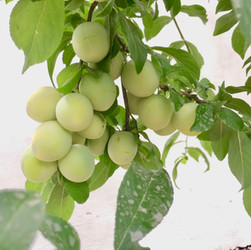
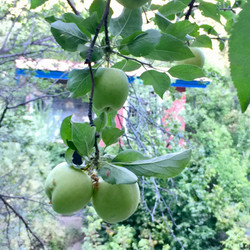
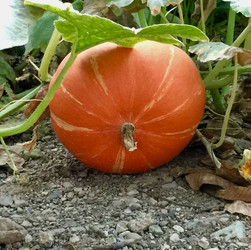
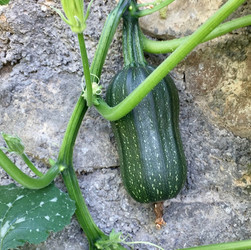

NATURE AT THE COURTYARD, DUBAI

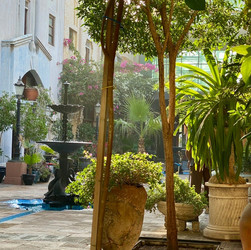



PENNYPACK PARK DEVELOPMENT, PHILADELPHIA, PENNSYLVANIA, 1979-1980
Studied and master planned the development of Pennypack Park, a municipal park part of the Philadelphia Parks & Recreation and Fairmount Park systems. The park is also part of the East Coast Greenway, a 3,000 mile (4,800 km) linking the major cities of the American East Coast together. The park was established in 1905 for the preservation of surrounding land and includes about 1,600 acres of woodlands, meadows and wetlands, and stretches nine miles from the Delaware River northwest to Philadelphia's border with Montgomery County. Pennypack Park offers a green retreat for visitors amidst an urban setting, and is home to miles of paved/unpaved trails, recreational and athletic facilities. More than 150 species of nesting and migrating birds use the park. The park is home to a large variety of mammals and reptiles. It is also home to the oldest stone bridge still in use in the United States - the Holmesburg Bridge, erected in 1697. A challenge in designing the park was the presence of correctional facilities.










